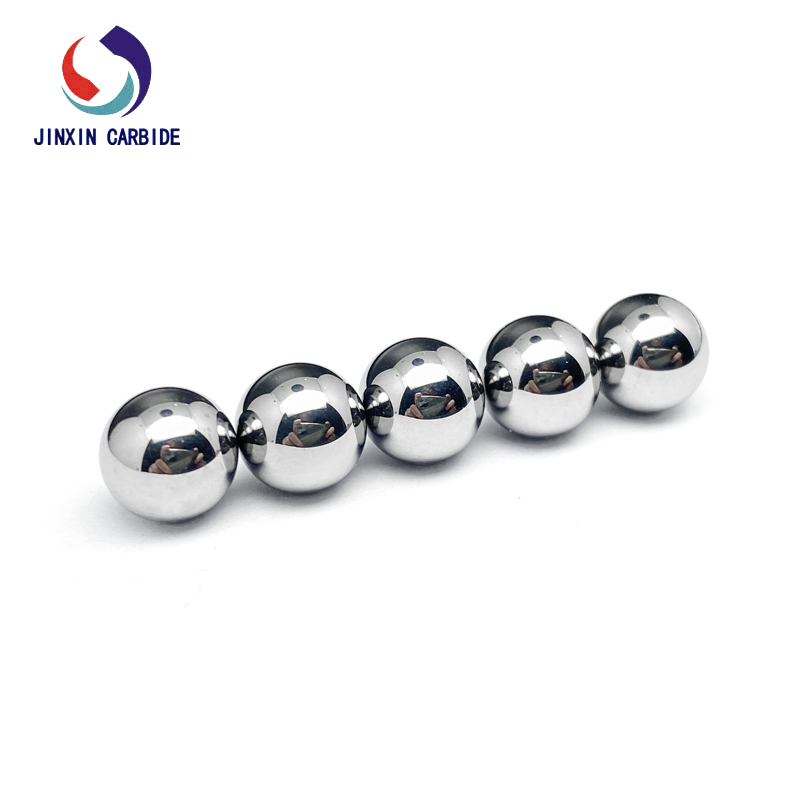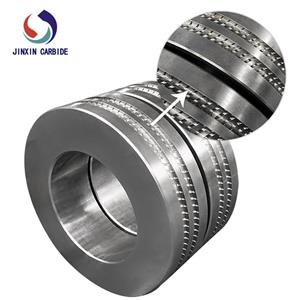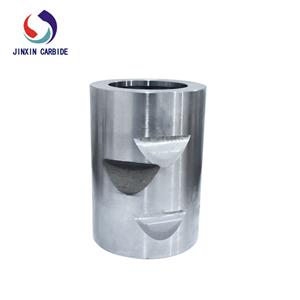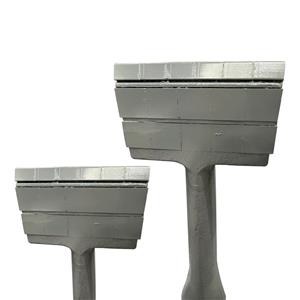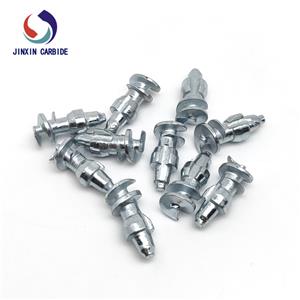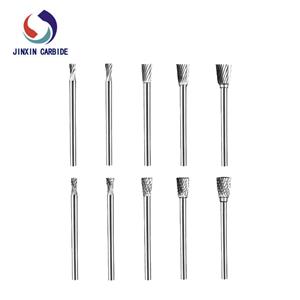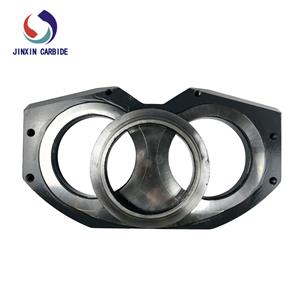How do tungsten carbide grinding balls work in the metal industry?
Tungsten carbide grinding balls crush metal materials to micron or even nanometer levels through high-speed impact and friction in ball mills. Compared with traditional grinding media, such as steel balls or ceramic balls, tungsten carbide balls can achieve higher grinding effects in a shorter time due to their high density and high energy transfer capacity, reducing energy consumption and improving grinding efficiency.
Tungsten carbide has a hardness of up to HRA 89-92, and can easily grind difficult-to-process materials such as titanium alloys, stainless steel, and tungsten alloys. Its extremely low wear rate reduces the mixing of contaminants and ensures the high purity of the final product, which is crucial for powder metallurgy and 3D printing metal powder manufacturing.
Typical applications of tungsten carbide grinding balls in the field of metal processing include: preparation of ultrafine metal powders (such as tungsten powder, titanium powder, and aluminum powder for 3D printing), powder metallurgy (manufacturing high-performance metal alloys such as carbide tools), mixing of metal oxides (such as preparation of ceramic coatings and thermal spray materials), and crushing of hard materials (such as ultra-fine grinding of titanium alloys, tungsten carbide, and hard ceramics).

